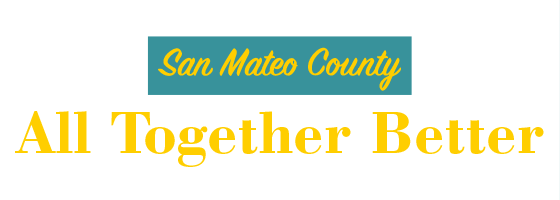Promising Practices
The Promising Practices database informs professionals and community members about documented approaches to improving community health and quality of life.
The ultimate goal is to support the systematic adoption, implementation, and evaluation of successful programs, practices, and policy changes. The database provides carefully reviewed, documented, and ranked practices that range from good ideas to evidence-based practices.
Learn more about the ranking methodology.
Note: This practice has been Archived.
Filed under Effective Practice, Health / Maternal, Fetal & Infant Health, Teens, Adults, Women, Families, Racial/Ethnic Minorities, Urban
Goal: The goals of the SevenPrinciples Project, funded by the CDC's REACH 2010 Initiative, are to: eliminate disparities in infant mortality rates; improve African American infant survival; and improve the health of families and communities with infants through developing community capacity.
Note: This practice has been Archived.
Filed under Good Idea, Health / Adolescent Health, Families
Goal: The goal of Shoulder to Shoulder is to reach parents of teens with good advice about parenting their adolescents and help parents adopt strategies that are proven to reduce risky behaviors.
Note: This practice has been Archived.
Filed under Effective Practice, Health / Diabetes, Children, Adults, Older Adults, Racial/Ethnic Minorities
Goal: The Steps to a Healthier Salinas program aims to improve the health and quality of life for individuals at risk or diagnosed with diabetes, asthma, and obesity and other chronic diseases by addressing three primary risk factors - physical inactivity, poor nutrition, and tobacco use.
Note: This practice has been Archived.
Filed under Effective Practice, Health / Prevention & Safety, Teens, Racial/Ethnic Minorities, Urban
Goal: To reduce violence among low-income African American youth in urban settings.
Note: This practice has been Archived.
Filed under Effective Practice, Health / Adolescent Health, Teens
Goal: The Wisconsin Adolescent Health Care Communication Program (WAHCCP) seeks to improve communication between providers and adolescent patients, and therefore improve the delivery of sexual and reproductive health care to young people in Wisconsin.
Impact: The Wisconsin Adolescent Health Care Communication Program bridges the communication gap between adolescents and their health care providers through two workshops resulting in increasing knowledge, self-efficacy, and behavioral intentions among participants.
Note: This practice has been Archived.
Filed under Effective Practice, Economy / Economic Climate, Urban
Goal: The YBG neighborhood was developed to (1) reclaim a severely blighted sector of the City, (2) provide public amenities, (3) support San Francisco's hospitality industry, and (4) increase economic vitality and employment.
Note: This practice has been Archived.
Filed under Good Idea, Community / Governance
Goal: The Project's central objective is to provide information to decision makers and training materials to add focus to important issues, clarify choices and improve the quality of decisions by making future opportunities and dangers more explicit. The Project is not a one-time study of the future, but provides an on-going capacity for global research and collaboration.
Note: This practice has been Archived.
Filed under Effective Practice, Environmental Health / Energy & Sustainability
Goal: San Bernardino County’s goal in 2001 was to reduce its energy use by 10 percent.
Note: This practice has been Archived.
Filed under Good Idea, Economy / Employment, Urban
Goal: Sustainable Milwaukee's four task forces address major priorities: jobs and training, credit, transportation and the environment, and education.
Note: This practice has been Archived.
Filed under Good Idea, Health / Oral Health, Children, Urban
Goal: The goal of the KC Kids Oral Health Program was to provide no-cost dental services to children who lived between 250% and 300% of the Federal Poverty Level.

